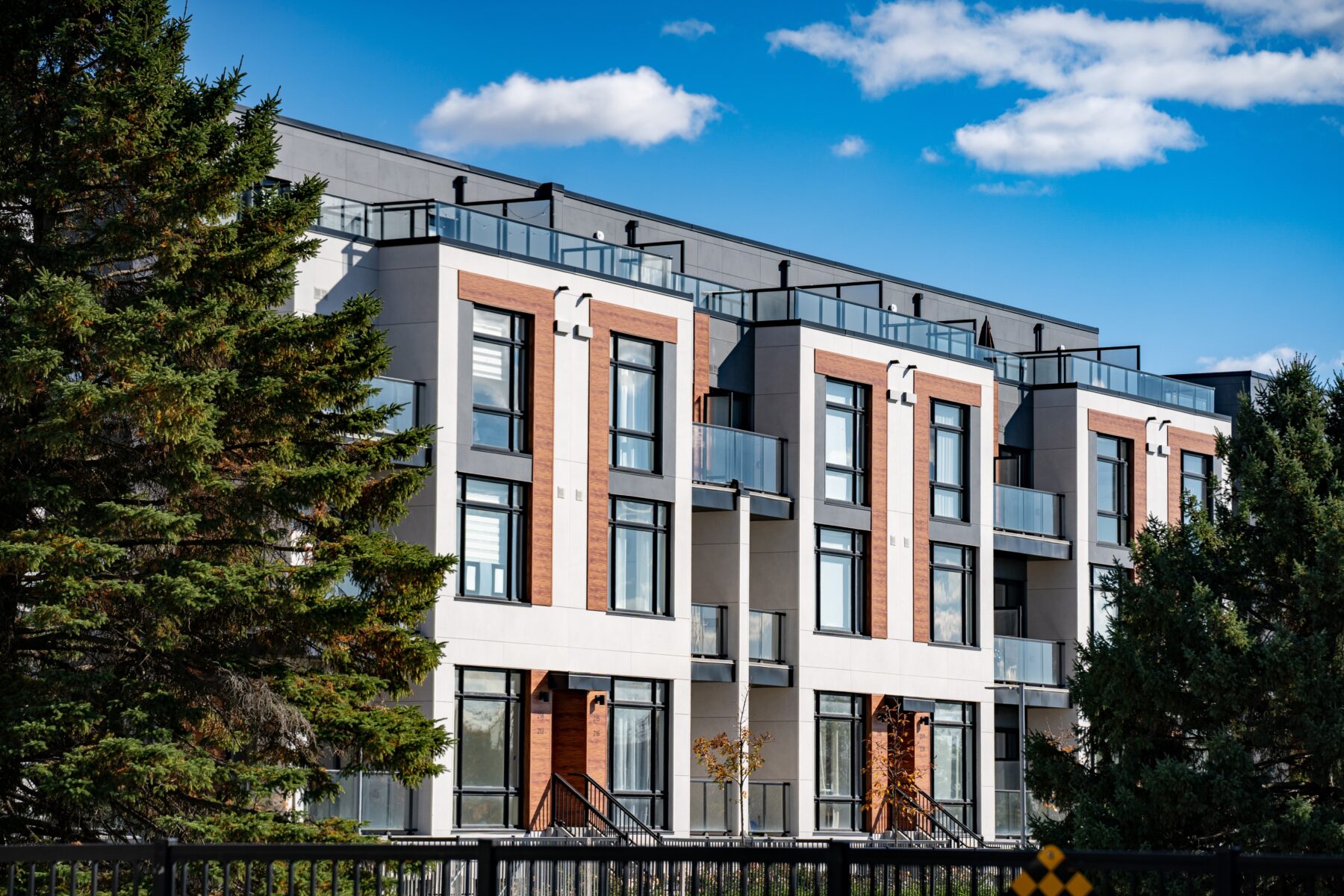By Alfred James, VP, Operations Manager — Special Services, DTO Quality Auditing & DTO Non-Escrow Servicing
The Housing Challenge
When it comes to housing, America has two fairly large challenges:
- The first is a lack of inventory: depending on who you listen to, there is a need for somewhere between 3 and 5 million new homes.
- The second challenge is affordability, which, thanks to higher mortgage interest rates and steadily climbing home price appreciation, is now at its lowest point in over 30 years.
Against this backdrop, it is not surprising that a growing number of observers believe that manufactured housing is becoming an attractive alternative, particularly for younger generations, as well as low- to middle-income buyers who’ve been priced out of the current market.
The Growing Popularity of Manufactured Housing
Several factors are contributing to the rise of manufactured housing:
- Affordability: A 2023 report from the Manufactured Housing Institute indicates that the average cost per square foot of a manufactured home is $85—almost half the cost of a site-built home ($168 per square foot).
- Increased Production: According to the U.S. Census Bureau, over 112,000 manufactured homes were produced in 2022, accounting for approximately 11% of all new single-family home starts. This was an increase from 95,000 units in 2020.
- Shifting Perceptions: Data from Freddie Mac shows that 62% of consumers are now open to living in a manufactured home.
Property Tax Complexities for Manufactured Housing
From a property tax servicing and escrow perspective, manufactured housing presents unique challenges for lenders and servicers. LERETA specializes in property tax servicing for manufactured housing, offering expertise in the following areas:
- Tax Certificates: Working with lenders to obtain accurate tax certificates.
- Escrow Estimates: Providing precise estimates for escrow services.
- Ongoing Tax Payments: Assisting servicers in managing and ensuring timely tax payments.
Unlike traditional real estate taxes, manufactured housing involves different tax assessment and collection methods, making the process more complex.
Understanding Manufactured Home Classification
The classification of a manufactured home depends on the land ownership status, which affects how it is titled, financed, and taxed:
- Personal Property (Chattel): If the homeowner does not own the land, the home is considered personal property. Approximately 42% of manufactured housing loans are classified as chattel loans, according to the Consumer Financial Protection Bureau.
- Real Property: If the homeowner owns the land, the home is considered real property. In some cases, the home may still be financed as personal property while the land is financed as real property.
State-by-State Tax Variations
Taxation of manufactured homes varies by state, and it’s essential to stay up-to-date with changing local laws:
- Exemptions: States like Florida, New York, and Wisconsin may not tax homes on non-borrower-owned land, relative-owned land, or in mobile home parks.
- Federal Exemption: Manufactured homes on Indian reservations are exempt from taxes due to federal protection laws.
Servicing Complexities by State
Different states have different tax billing practices, which require careful attention to detail:
- Tax Bills: In Utah, if the homeowner owns both the land and home, they are taxed together on the same bill. In states like Texas, Oklahoma, Missouri, and others, there are separate tax bills for the land and home.
- Leased Land: If the land is leased, a separate tax bill may be issued.
- Bill Delivery: Tax bills may be sent either directly to the homeowner or to a servicer like LERETA, adding additional complexity to the tax payment process.
These state-specific variables must be carefully managed to ensure accurate and timely tax payments.
Impact on the Origination Process
The complexities of property tax servicing can also impact the manufactured housing origination process. Lenders need accurate tax certificates to complete closings and set up escrow accounts. Speed is crucial in today’s lending environment, and at LERETA, we provide a 48-hour turn time for manufactured housing tax certificates.
The Importance of Accurate Parcel Identification
- Accurate parcel identification is crucial for setting up escrow accounts and managing tax servicing:
- Multiple Parcels: A manufactured home may sit on multiple parcels, or multiple homes may be located on one parcel (e.g., in a mobile home park). Detailed research is required to determine taxes for each individual home.
- Improvements: If a homeowner adds a porch or garage, which may be on a separate parcel, it’s essential to track this new parcel to ensure all taxes are paid correctly.
LERETA’s expertise in parcel identification and auditing ensures that taxes are paid to the correct entities, preventing mistakes or missed payments.
The Future of Manufactured Housing
Manufactured housing will continue to grow in popularity as an affordable housing solution. However, the complexities involved in property tax setup and servicing require careful attention. With the right partner, like LERETA, these challenges can be navigated successfully.
If you own a manufactured home, understanding your property tax obligations is crucial. Working with a specialized escrow tax service provider can make managing your taxes easier and help you stay on top of your financial responsibilities.
For more information, contact us at sales@LERETA.com.


